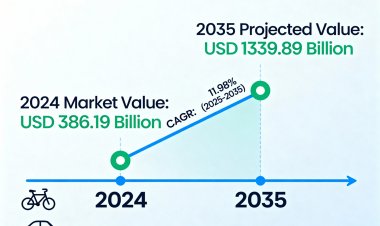Lightyear0: Lightyear Launched World First Solar Power Car | Ready for Production with 625 Kilometres Range
The growing trend of self-charging vehicles has ushered in the solar cars market which has also complemented the growth of the solar vehicle market. The increased income bracket among consumers and the demand for emission-free vehicles has enabled solar vehicle manufacturers to offer solar cars and solar commercial vehicles.
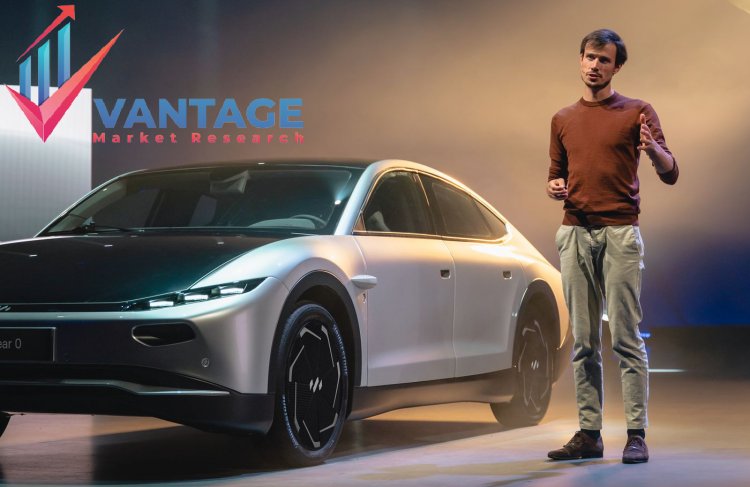
According to Vantage Market Research, the Solar Vehicle Market size is projected to be worth around USD 5.29 billion by 2030 and is growing at a CAGR of 31.9% from 2021 to 2030
With the increase in environmental awareness, the demand for electric cars is increasing around the world. Governments around the world have set ambitious goals to meet their commitments to reduce greenhouse gas emissions and pollutants. The demand for electric cars is increasing rapidly in many countries around the world. It is expected that the number of electric cars will reach 100 million by 2030.
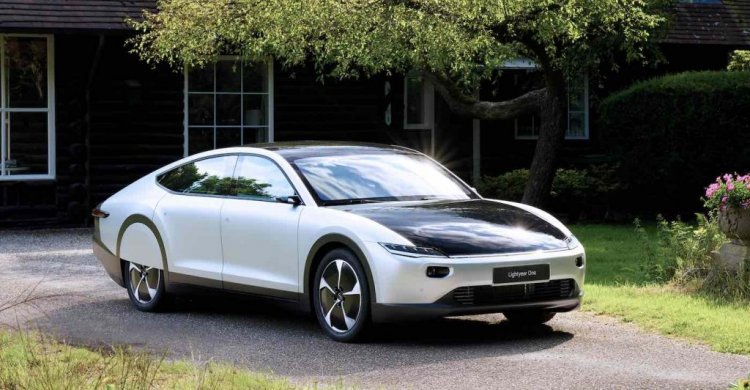
Lightyear's first solar model, named Lightyear 0, is available to order. It is a top-of-the-range model, which should pave the way by 2024-2025 for a more affordable model, which will be called Lightyear Two. If you're wondering why we're going from 0 to 2, it's because Lightyear One has already been taken by the brand's first prototype.
The European Parliament announced, on Wednesday, June 8, the end of the marketing of thermal vehicles from 2035. A deadline that is both close (only 13 years to ban thermal power) and distant as the development of mobility of the future is progressing day by day.
The latest technological breakthrough in clean mobility can be credited to Lightyear, which has just announced the official launch of the world's first mass-produced solar car. Road-legal, the Lightyear 0 is the result of six years of research and development, prototype design, and testing.
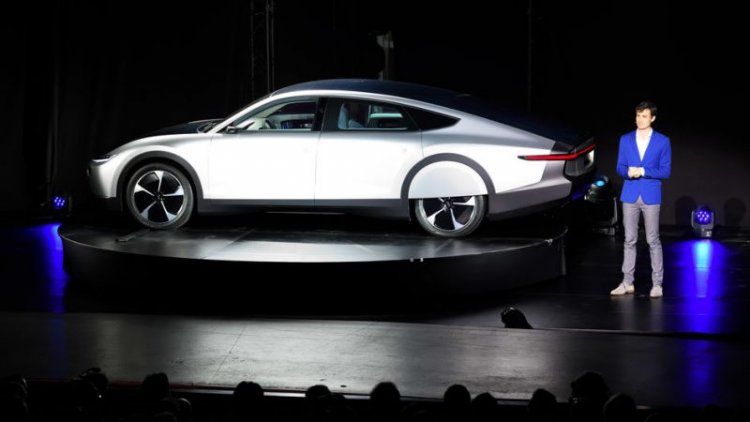
The Lightyear 0 is equipped with five square meters of patented double-curvature solar panels, allowing the vehicle to charge while driving or simply parked outside. In optimal conditions, the Lightyear 0 can in fact supply itself with energy and have 70 kilometers of autonomy per day, in addition to its WLTP autonomy estimated at 625 kilometers.
The vehicle features four in-wheel motors that provide the most efficient electric driveline available today. The Lightyear 0 is a fairly large 5-door model, with an energy consumption of 10.5 kWh per 100 kilometers (110 km/h), it is the most efficient electric vehicle. Besides aerodynamics, the mass of the car also has an impact on its efficiency: the Lightyear 0 is an electric car 5 meters long, but its total weight is only 1,575 kg. The solar output of the Lightyear 0 is claimed to be up to 11,000 km per year. It must be said that the model is made up of recycled carbon fiber elements, which allow it to lighten its structure, but not its price. This weight, combined with a worked aerodynamics, gives a particularly efficient model.
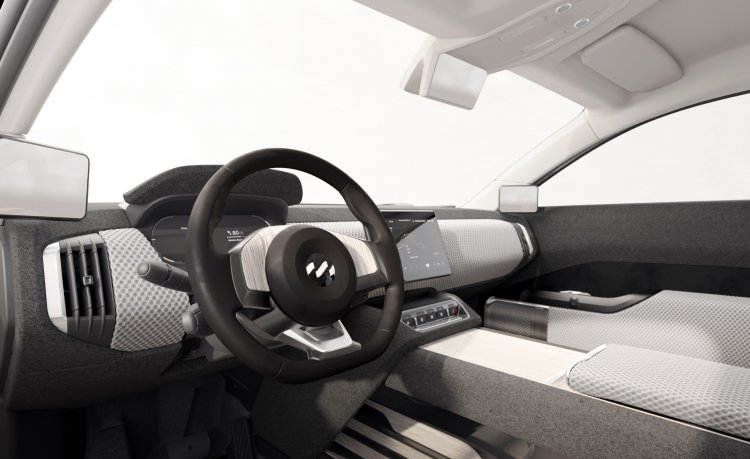
A hunt for the superfluous found inside the car, which is intended to be minimalist. The sleek dashboard features a 10.1-inch touchscreen infotainment system that allows for cloud-based updates. The interior is made entirely of vegan and naturally sourced materials, such as eco-friendly microfiber suede seats and rattan palm detailing.
The energy generated by solar is the icing on the cake of an efficient model, designed to remove fears of breakdowns. But Lightyear is not the first model to want to take advantage of the Sun to increase the autonomy of its vehicles. The rechargeable Toyota Prius or the next Fisker Ocean, as well as other manufacturers, have also integrated solar panels on the roofs of their electrified models to increase their autonomy. In these cases, there is no question about solar vehicles.
Production of the Lightyear 0 is expected to begin this fall and the first car will be delivered as early as November. Initially, 946 vehicles will be produced, at a cost of €250,000, which will then allow a move to Lightyear's next model which is designed for mass production at a much more accessible starting price of €30,000. (Production scheduled for late 2024 / early 2025). Finally, the debate on the term "solar car" remains unresolved. An electric vehicle owner who recharges using solar panels installed on the roof of his home could also say that he has a solar-powered vehicle. The only difference is that the Lightyear 0 does not have to plug in to take advantage of this power source.
Browse More Reports:
Electric Vehicle Charging Stations Market: https://www.vantagemarketresearch.com/industry-report/electric-vehicle-charging-stations-market-1422
Electric Vehicle Range Extender Market: https://www.vantagemarketresearch.com/industry-report/electric-vehicle-range-extender-market-1617
Electric Car Market: https://www.vantagemarketresearch.com/industry-report/electric-car-market-1403









